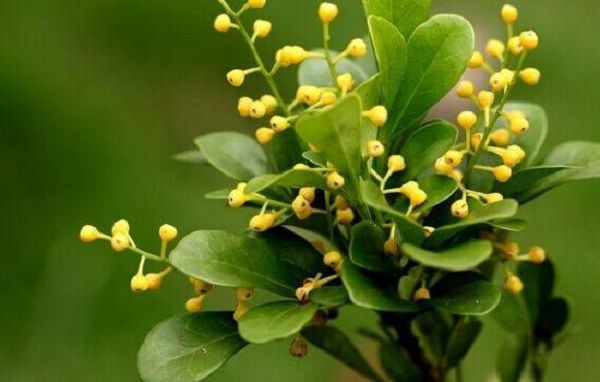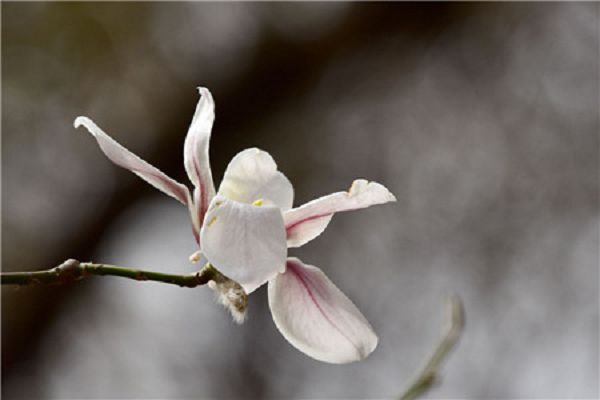Symptoms and control measures of white silk disease of potted orchids

White silk disease of orchid can also be called white silk disease and Sclerotinia sclerotiorum. The pathogen is subphylum fungus, which begins to infect from April to May, and the peak period is from June to August, and the disease occurs rapidly. In serious cases, it will cause the whole orchid plant to rot and die. So today the editor will talk about it, the details are as follows.
First, harmful symptoms
The disease begins at the base of the leaf, which is watery at first close to the base of the plant, and then slowly turns brown, rotten, and produces white filamentous mycelium. The disease produces sclerotia, which is milky white at first, and then becomes beige, preferably dark brown, about the size of rapeseed and in a spherical or oval shape. The hyphae will continue to spread upward or on the surface of the rhizosphere plants, resulting in the death of orchid plants.
Second, the law of the disease.
White silk disease is easy to occur in the rainy season with high temperature and humidity. White silk disease is overwintered by mycelium and sclerotia in plants or diseased tissues, and then spread through wind, Rain Water, plant materials and so on. After the disease, when the humidity is high and the temperature is suitable, the disease develops rapidly, and finally leads to the death of the whole plant.
III. Prevention and control methods
1. Proper ventilation should be carried out in the daily breeding process. Orchid potted plants should not be placed too dense.
2. If the orchid plant has been infected with white silk disease, first remove the rotten tissue, slightly dry the orchid root and soak it in the chemical diluent for 30-40 minutes, then fish it out to dry, then continue to soak, and replant after repeated operation for 2-3 times.
3. Spray the root neck of the orchid plants around the diseased plants with fungicides. The control agents can be 20% methyl rifampicin EC 600,800 times, 75% sodium sulfonate soluble powder 800 times 1000 times, 25% prochloraz EC 800 times 1000 times.
Related
- Is the orchid suitable for indoor use? Is it good for the body?
- How to prevent the empty root of orchids?
- What to do after the crab claw orchid is withered?
- Why are the leaves of orchids always yellow? Fertilizing and watering.
- Can the root of the gentleman orchid be saved if it is rotten?
- Diagnosis and treatment of cotton-blowing beetle insects in Cymbidium
- There is a way for a gentleman's orchid to rot.
- What is the most suitable temperature and humidity for the orchid?
- How to raise a gentleman's orchid? Cultivation techniques of Cymbidium
- How to prepare the nutritive soil for the cultivation of Cymbidium



